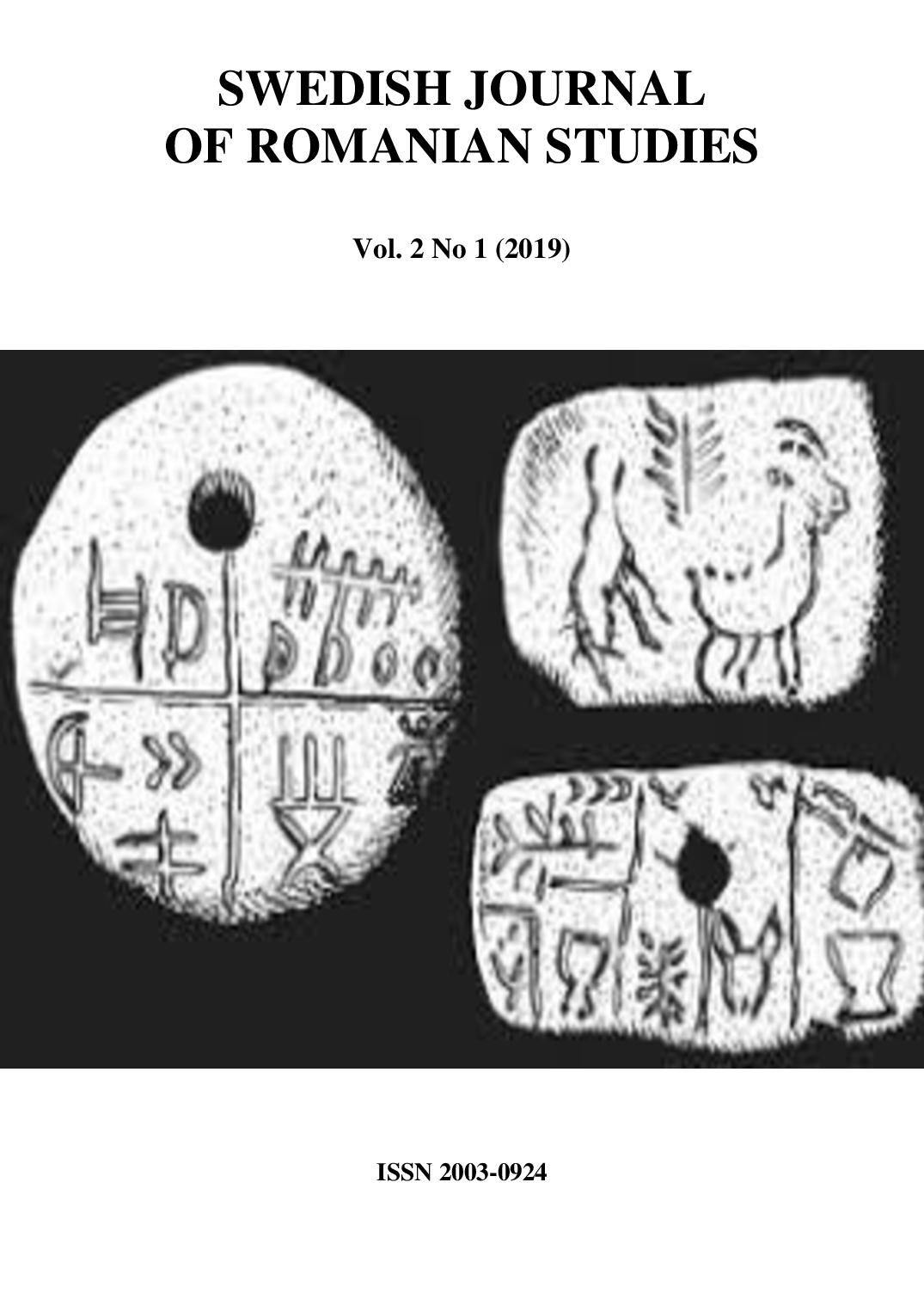Personajul masculin sau criza reîntregirii arhetipale / The male character or the archetypal reunification crisis
DOI:
https://doi.org/10.35824/sjrs.v2i1.19592Keywords:
male character, archetype, evolution, myth.Abstract
The outlining of male character traits is an intriguing concern in the literary exegesis and Carmen Dărăbuş manages to combine her passion and her vast knowledge from the philological and psycho-social sphere, to thoroughly and complexly analyze the characters of Romanian and universal texts. By proposing multiple interpretations, the author traces the evolutionary) trajectory of male characters (chronologically speaking), by highlighting the permanent capabilities of metamorphosis of the primordial pattern.
References
Dărăbuş, C. (2019). Despre personajul masculin. De la unitatea androginică la disiparea postmodernă / About the male character. From androgynous unity to postmodern dissipation. Cluj-Napoca: Casa Cărții de Știință.
Hemingway, E. (1992). Adio, arme / A Farewell to Arms. Traducere Radu Lupan. Bucureşti: Editura Vivaldi.
Downloads
Published
How to Cite
Issue
Section
License
Copyright (c) 2019 Alina Maria Nechita

This work is licensed under a Creative Commons Attribution-NonCommercial 4.0 International License.
Authors who publish with this journal agree to the following terms:
a. Authors retain copyright and grant the journal right of first publication with the work simultaneously licensed under a Creative Commons Attribution-NonCommercial 4.0 International License that allows others to share the work with an acknowledgement of the work's authorship and initial publication in this journal.
b. Authors are able to enter into separate, additional contractual arrangements for the non-exclusive distribution of the journal's published version of the work (e.g., post it to an institutional repository or publish it in a book), with an acknowledgement of its initial publication in this journal.
c. Authors are permitted and encouraged to post their work online (e.g., in institutional repositories or on their website) prior to and during the submission process, as it can lead to productive exchanges, as well as earlier and greater citation of published work (See The Effect of Open Access).

